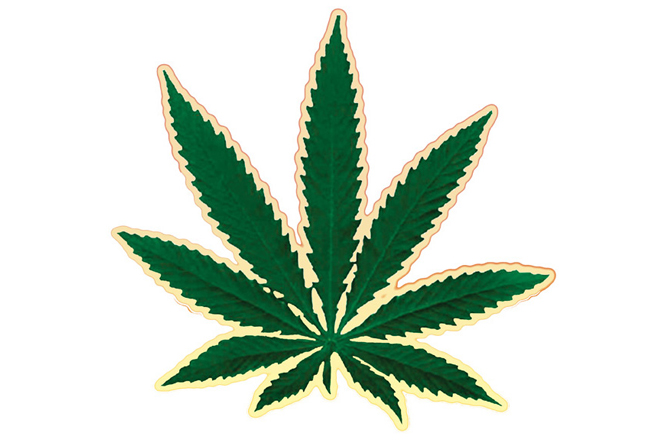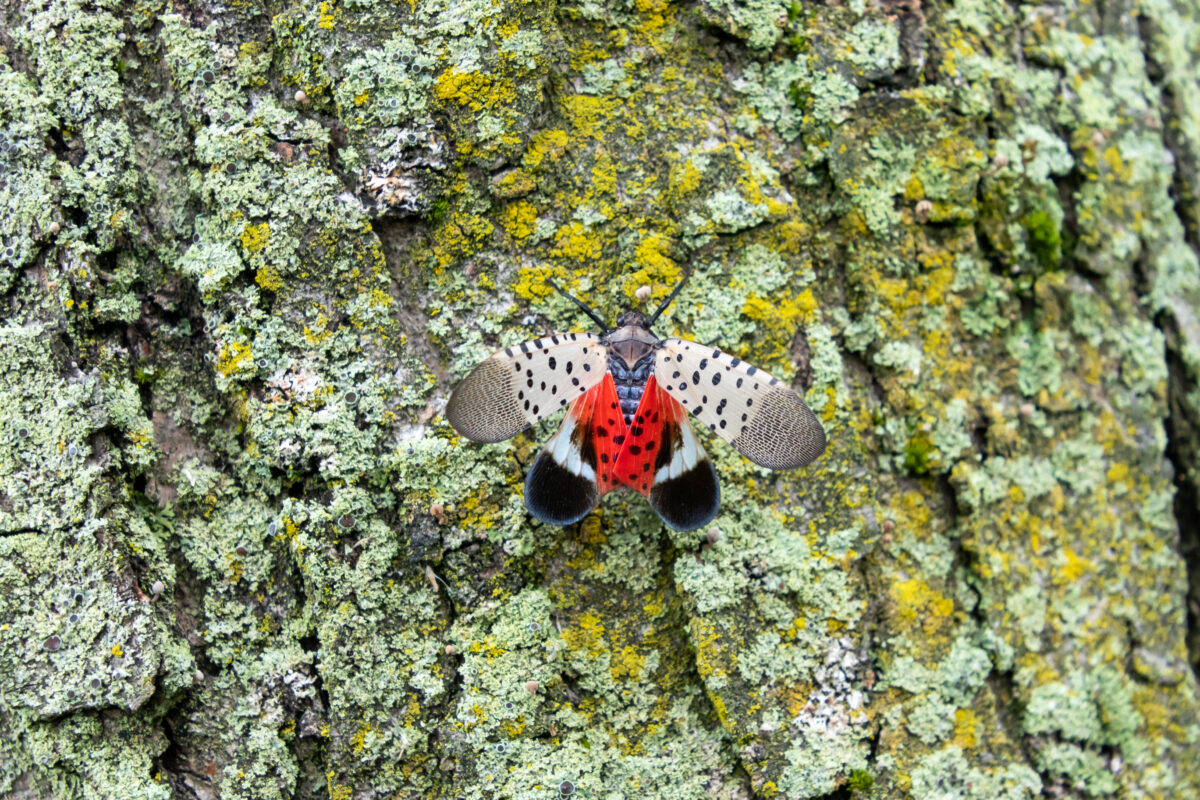
Abruzzo is something special to experience. Bounded by the Adriatic Sea to the east and the towering Apeninne Mountains to the west, it is largely isolated from other parts of Italy, with a culture, winemaking and lifestyle that have been largely self-reliant, agricultural, insular and family-centric. Before my recent trip there, I researched the region in a few well-known books. Hugh Johnson”™s 1994”¯“The World Atlas of Wine””¯dedicated half a sentence to the wines of Abruzzo. The 2002 Culinary Institute of America”™s”¯“Exploring Wine””¯covers Abruzzo in three short paragraphs. And Doug Frost”™s 2001 book”¯“On Wine””¯states, “Going south from here (the Marches region) is like heading into the Ozarks of Italy”¦these remote spots are even more ridiculed.” Well, today, everything has changed.
There have been many tunnels constructed for rail and highway traffic, connecting isolated villages to one another. In 1984, the 6.3-mile tunnel under the Gran Sasso Mountain in the Apennine range ”“ which has 21 ski areas and Europe”™s southernmost glacier ”“ was completed, linking Abruzzo and the Adriatic to Rome. The Gran Sasso Tunnel would become the longest contained tunnel in Italy and 12th longest in the world ”“ bringing this high, rural area together with the cities and allowing for the easy transport of commerce and ideas. (The entire region is 52 miles wide, with elevations from sea level to the peak of Gran Sasso of 9,554 feet. For comparison, Vermont”™s elevations range from 95 feet above sea level to 4,393 feet over a much larger area.)
Wine and olive oil have been produced in Abruzzo since pre-Roman times, dating from 600 years B.C. For centuries this was all consumed locally. Far more recently, farmers who owned vineyards banded together to grow and harvest their grapes, bringing them to a cooperative winery that would fashion the grapes into wine largely for local consumption. But as in most other regions, these cooperatives paid the grape growers by the kilogram for the delivery, which encouraged fat, over-produced, uninteresting grapes. Then a few visionary producers began their move by planting vineyards in supportive soil, elevations and orientations and started crafting their own wines. As in the Languedoc region of southern France, the weather makes embracing organic, sustainable vineyard practices rather easy. Adriatic breezes blow off any morning dew, discouraging fungal problems. The mountain breezes mitigate the summer heat. Indeed, the dramatic diurnal temperature swings are ideal to promote that coveted grape hang time that enhances structure and nuance in the grape.”¯
Most of the wineries we visited and winemakers I spoke to are embracing natural vineyard practices and unmanipulated wines in the winery. Many are using no oak or other wood aging, which lets the fruit speak for itself. Emidio Pepe winery still employs foot treading for its white wines, something I have not currently seen outside of Portugal. We visited the winery, still overseen by Pepe himself, now in his 90s. He planted Montepulciano, Trebbiano and Pecorino grapes decades ago and gradually turned things over to his two daughters. The business is now morphing into the hands of two of his granddaughters ”“ Elisa de Iulis Pepe, who handles promotion and public relations; and Chiara de Iulis Pepe, who deals with the vineyard and winery, although both move as necessary well beyond their job descriptions.”¯ Both are passionate about their direction in crafting and promoting fine wine. The Pepe vineyard is also an Agriturismo destination in Italy, with a restaurant and rooms for vino turisticos. Its wines are pure, flavorful and organically produced.”¯
I had the brilliant opportunity to taste many of the wines from Abruzzo and talk to the winemakers or owners about their history and their wines, and everyone had a unique, inspired story. Abruzzo is a land to be discovered as it is emerging from the shadows of many other well- known Italian regions and is as yet relatively undiscovered. I visited quiet villages and towns that are far from being overrun by tourists. I swam in the pristine Adriatic Sea. Abruzzo is old. Abruzzo is historic. And yet it feels like Abruzzo is just being born as it presents itself and its wines to the world.”¯
Planted vineyard land in Napa Valley now tops $550,000 an acre, sometimes considerably more. In Burgundy, the price is higher at $600,000 per acre, with the Grand Cru vineyards topping out at $2 million per acre. In Italy, Barolo vineyards can range from $120,000 to $800,000 per acre. This makes the relatively recent and relatively unknown Abruzzo a complete steal at somewhere around $30,000 per acre and ensures that the region will be garnering international attention as a place to purchase vineyard land and bring in established money and known talent to make wines for the world palate.
In Abruzzo, the reds, whites, sparklers and Rosés, known as Cerasuolos, are full of attractive, honest and authentic flavors and are capable of aging to a better place. Today, most stores and restaurants locally have a rather meager inventory of wines from Abruzzo. With certainty this will change. Ask your local sommelier or wine store purveyor for some of the better wines of the area. And pay attention to what goes on there in the next couple of decades. Or better yet, buy several cases of whites, reds and even some Cerasuolos from Abruzzo and put them down in a cool, dark place. Open a bottle every now and then and see how they grow and evolve over time. The time to discover Abruzzo is now. ”¯
Write me at doug@dougpaulding.com.”¯”¯






















